Today marks the start of a new year for many North Africans— Yennayer: Amazigh New Year! The word “Yennayer” is composed of two parts: “Ayen,” meaning “one” or “beginning,” and “Yar,” meaning “year.” Together, they signify “the beginning of the Amazigh New Year.”
Table Of Content
This year, 2025, corresponds to the Amazigh year 2975. That’s right—we’re 950 years ahead of the Gregorian calendar! (And no, we won’t mention the Chinese, Hebrew, or Hindu Panchangam calendars 😉).
When is Yennayer Celebrated?
Depending on the region, Yennayer celebrations can take place from January 12th to the 14th each year, and in some areas, even on the 7th. In certain North African countries, like Algeria, it is even a public holiday. Here in Tunisia, the festivities are primarily celebrated on January 14th.
The Unique Agricultural Roots of the Amazigh Calendar
You might be wondering: Is the Amazigh calendar still relevant in today’s world? What purpose does it serve, especially in countries where both the Gregorian and Islamic lunar calendars are commonly used for daily and religious events?
The answer is a resounding yes! The Yennayer: Amazigh New Year has deep agricultural roots, setting it apart from the Gregorian and Islamic New Year’s, which are primarily tied to religious or historical significance. The Gregorian calendar, a solar-based civil calendar, tracks the Earth’s revolution around the Sun. In contrast, the Islamic calendar is a lunar system, based on the phases of the Moon, primarily used by Muslims for religious observances.
What makes the Amazigh calendar unique is its agricultural foundation, distinguishing it from both of these widely adopted systems. Neither the Gregorian nor the Islamic calendar aligns perfectly with the needs of agricultural life or corresponds consistently with the seasons. This makes it difficult to fix the year or date with precision for agricultural purposes.
Living in Harmony with Nature’s Rhythms
In agricultural communities, time was often marked by naming months after significant events or characteristics that defined those periods. These names were inspired by natural rhythms, key agricultural activities, or notable phenomena associated with each time of year.
For example, the beginning of the new Amazigh year, which is locally called “El Ajmi” in Tunisia, is marked by the end of the “white nights” (locally called in Arabic: al-lyali al-biḍ الليالي البيض), known for their mild weather. El Ajmi signals the start of the “black (or dark) nights” (al-lyali al-sud اليالي السود), characterized by extreme cold, believed to be beneficial for the soil and plants, fostering growth.
There’s a common saying among farmers, “الليالي السود ينبت فيهم كل عود” – “During these dark-black nights, everything thrives and grows,” which reflects a belief in the positive impact of this period for agriculture.
2975 Years and Still Going: The Origins of Yennayer
The first written record of Yennayer: Amazigh New Year and its festivities dates back to al-Andalus, Muslim Andalusia in the Middle Ages. The Cordoba poet Muhammed Ibn Guzman (1078-1160) describes in his Diwan (collection of poetry) the fragrant atmosphere of the well-stocked souks and depicts the quantities of sweets spread out exclusively to welcome Yennayer.
Some say that the year 2975 refers to the accession to the throne of Egypt by Sheshonq I, a ruler from a Libyan tribe and an ancestor of the modern Amazighs, after defeating Ramses III (around 1217–1155 BC). However, most researchers believe that Yennayer is simply a celebration of the agricultural year, deeply rooted in the observation of nature’s cycles.
(Image of Yennayer celebration or traditional food here)
Yennayer Traditions: A Celebration of Identity and Community
Yennayer is more than just a new year; it’s a vibrant celebration of Amazigh identity and cultural heritage. Families and communities come together to share special meals, exchange gifts, and participate in various festivities.
(Include a more detailed description of Yennayer traditions and customs here, such as specific foods, music, dance, and storytelling)
(Optionally include a recipe for a traditional Yennayer dish here)
Yennayer serves as a powerful reminder of the rich history and resilience of the Amazigh people. It’s a time to connect with ancestral traditions, celebrate community, and look forward to a prosperous year ahead.



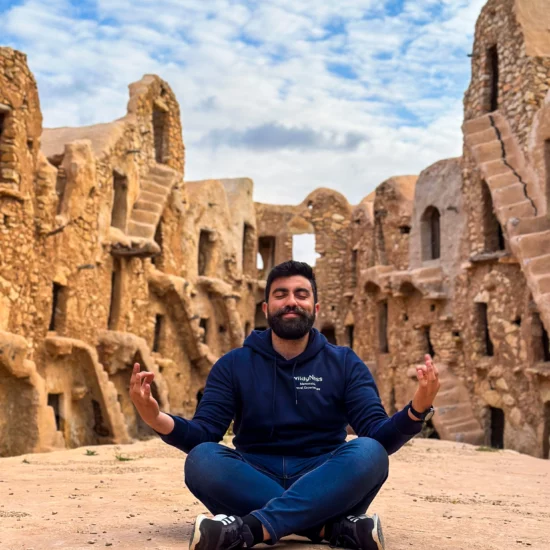
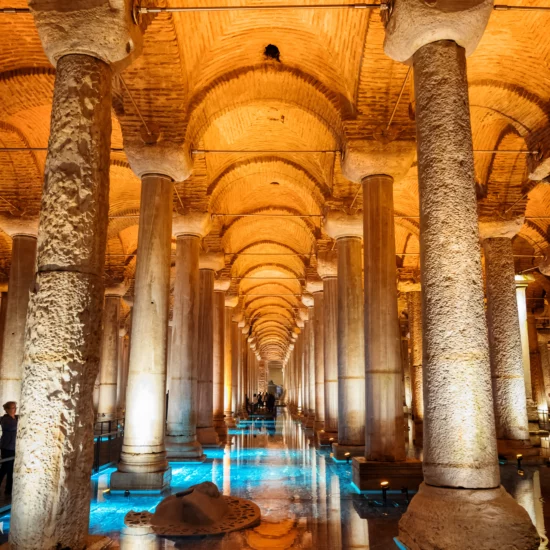
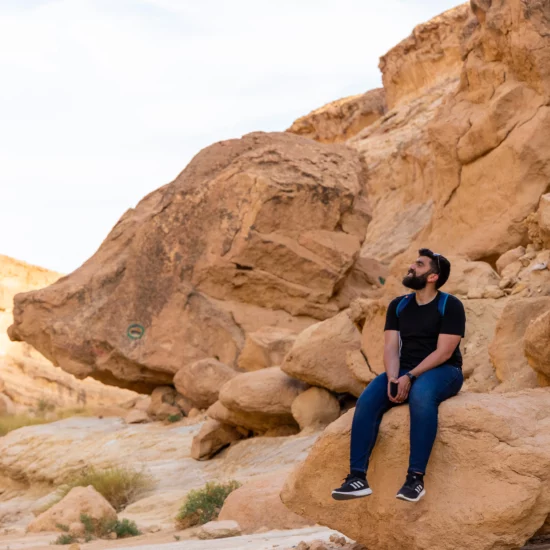
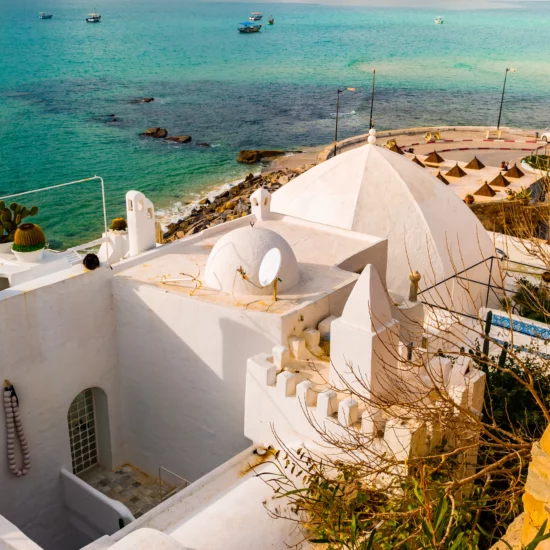

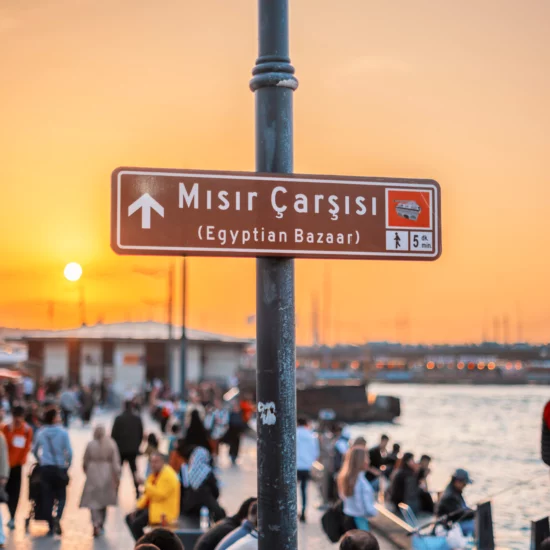


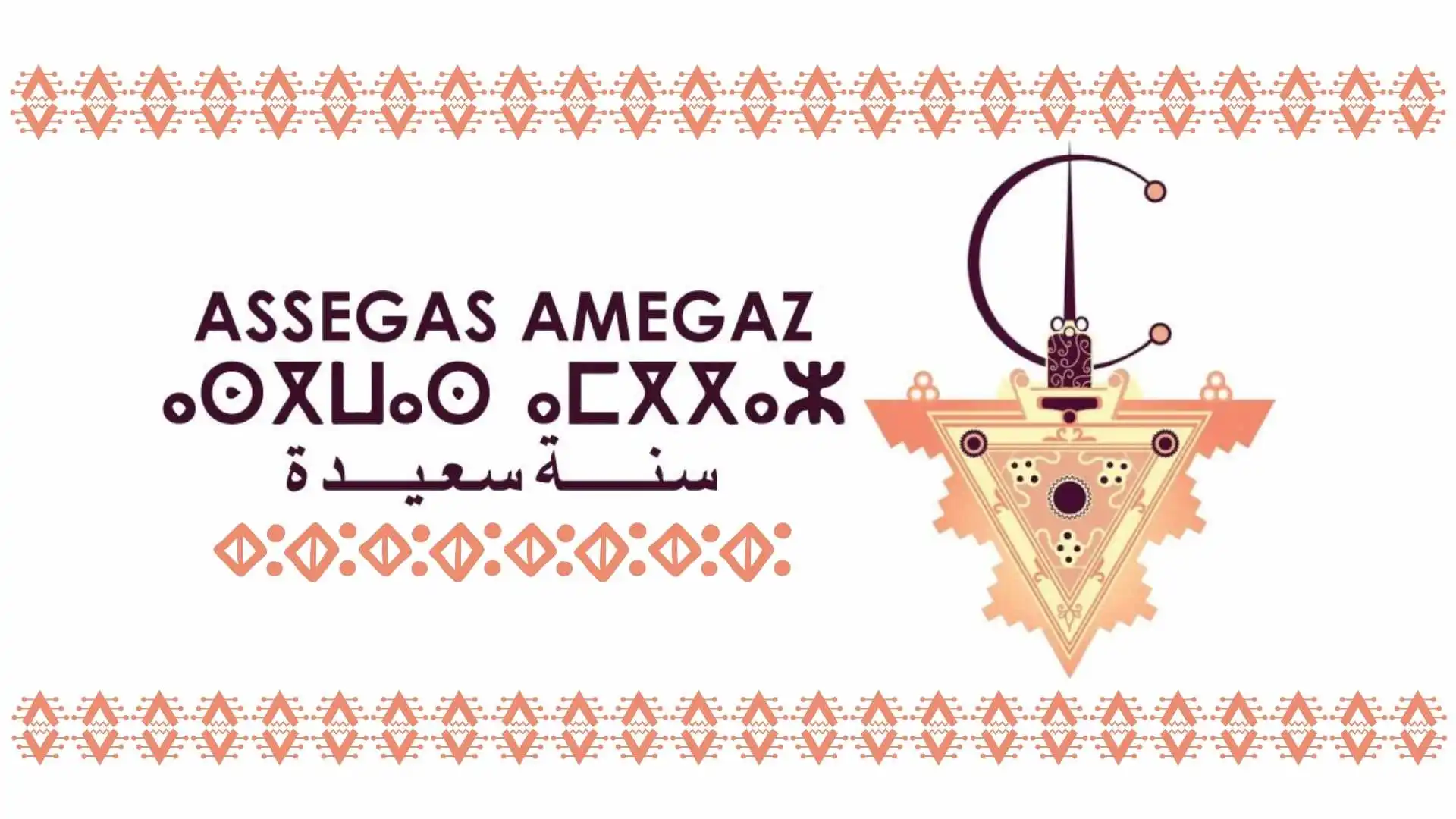
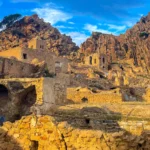

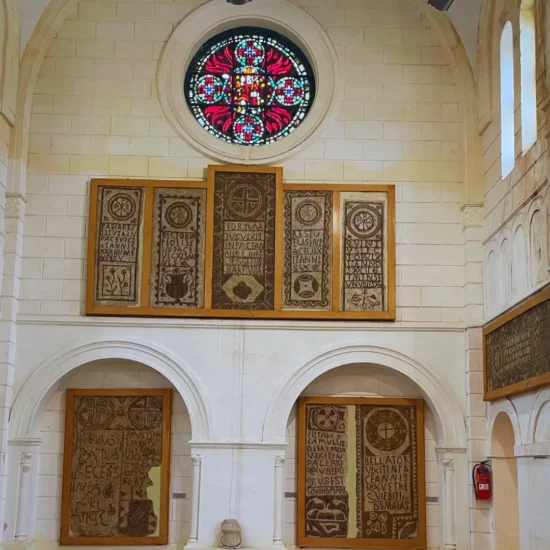
Wow What a Culture !
It promotes recognition of Amazigh identity in North African countries.
I love how Makroudh connects Islamic and Amazigh traditions. We serve it during Ennayer alongside dried fruits and couscous
It’s amazing how traditions overlap in North African culture.
This article really helped me understand the Amazigh New Year.